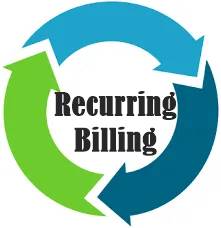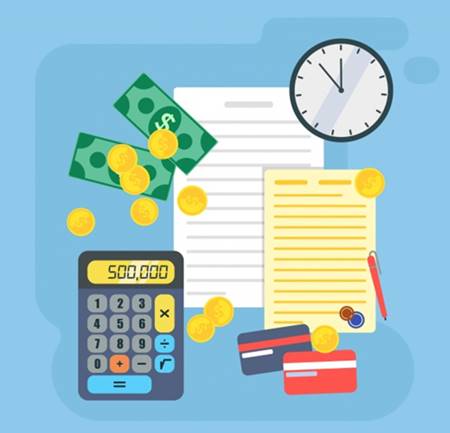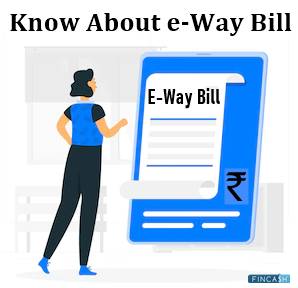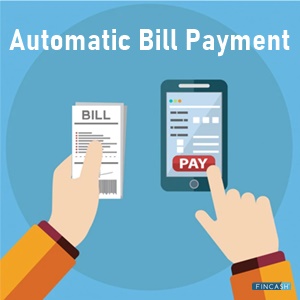
Table of Contents
What is Recurring Billing?
Recurring billing refers to the process of charging a client automatically for the goods and services rendered. In order to create recurring billing, the vendor is supposed to collect the client’s information. Once the customer’s data and permission are obtained, the merchant can charge this customer without having to obtain further permissions. The best example of recurring billing is the subscription of online movie streaming services.

Suppose you have purchased a Netflix subscription. The company will deduct the monthly premium from your account (using your credit/Debit Card) details without taking your permission as long as you don’t cancel the membership. Similarly, the website hosting service providers and the hosting platforms charge a subscription fee every month. You don’t pay this fee manually, rather it is deducted automatically from your Bank. This is also known as the regularly scheduled payment or automatic bill payment.
Recurrent Billing - A Safe and Convenient Form of Payment
Recurring billing is quite convenient for both the merchant and the customer. You no longer need to provide your billing details repeatedly for the subscription plan. Likewise, your merchant can store the details on the server and use them every month to charge you for the services. This system also works when you have weekly or monthly scheduled goods delivery. The method of banking and payment depends on the service provider. Some offer net banking or direct deposits, while others offer a few convenient payment options.
The most common payment options for recurrent billing are credit/debit cards, e-wallets, and cryptocurrencies. Recurrent billing is not confined to online subscriptions and utility fees. It is also applied to offline in-person transactions. For example, a customer could request the grocery store owner to supply the vegetables and grocery products every month. They may authorize recurrent billing, allowing the store owner to charge them every time they deliver the grocery to this customer.
Talk to our investment specialist
Recurrent billing makes it easier for the store owner to schedule the grocery delivery and charge to their credit/debit cards every month. Some companies offer a discount to the users that apply for recurrent billing plans. Not only does it make the monthly payment schedule safer and convenient for the user, but it also helps you avoid missed or late payments.
Drawbacks of Recurrent Billing
One major issue with recurrent billing is that it’s difficult to rectify the errors. If the merchant has made an error with the payment, then you are going to have to send an application requesting the vendor to correct the error and accept your refund request. When you buy groceries and other services in-person at the store, you get a bill. You can check the bill and pay only if the entries are correct. If there’s an error, you can ask the Accountant to create another bill. That’s not possible with the recurrent billing. However, errors are highly unlikely to occur with the recurrent billing schedule, especially if the same amount is to be charged every month.
All efforts have been made to ensure the information provided here is accurate. However, no guarantees are made regarding correctness of data. Please verify with scheme information document before making any investment.












